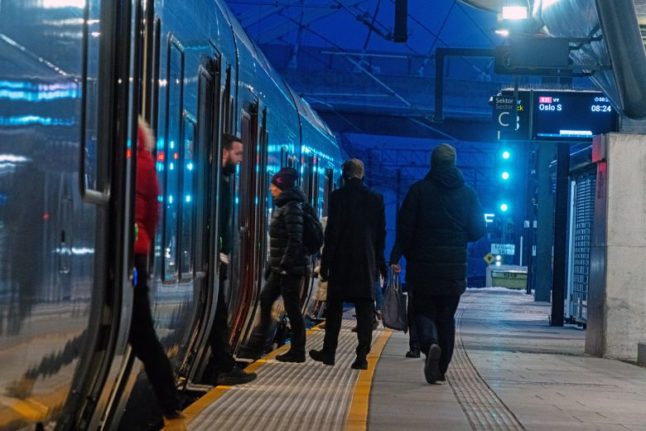“The Blixtunnel between Oslo S and Ski is open to traffic. Thank you for your patience while we worked (on the issues). Welcome back on board the trains,” Bane Nor wrote in a traffic report just after 7 am on Sunday.
The first train departure with passengers left Ski at 7.24 am and arrived at Oslo S at 7.36 am. A press officer at Vy told the news bureau NTB that everything went according to plan on the first departure.
The Follobanen had to close on December 19th last year, just one week after the multibillion-kroner project was opened to traffic.
Bane Nor welcomes back passengers
In a press release, the head of Bane Nor, Gorm Frimannslund, said he is happy that the company can finally welcome passengers back to Follobanen from Sunday.
“This has been a very difficult situation for Bane Nor as an organization and me as CEO and senior manager. It has been over two months since we had to stop traffic, which has affected commuters, other train passengers, and the train companies,” Frimannslund stated.
During the period that it was closed, Bane has carried out multiple test runs on the Follobanen to ensure that everything works as it should.
“For us at Bane Nor, it has been important to carry out thorough troubleshooting and a comprehensive test program to find and correct faults before we could reopen the track to traffic,” Frimannslund added.
“Unfortunately, it has taken longer than we hoped, but now all analyses are satisfactory.”
The Follobanen will reduce the travel time between Oslo and Ski from 22 to 11 minutes. The project cost the Norwegian state 36.8 billion kroner and took 13 years to complete.



 Please whitelist us to continue reading.
Please whitelist us to continue reading.
Member comments